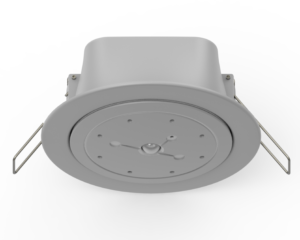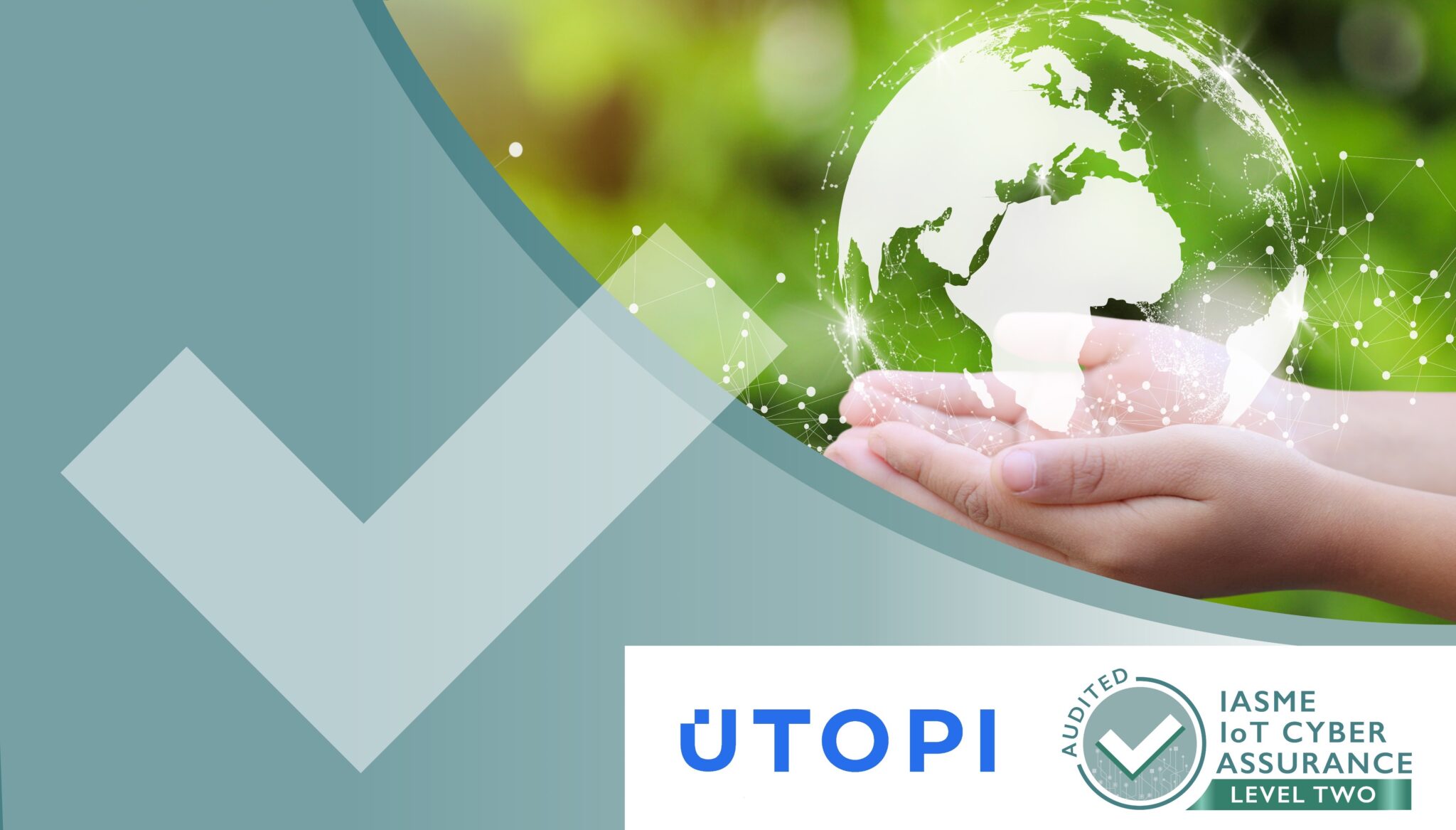Utopi is a specialist technology platform for multi-tenant real estate. Smart technology, in the form of a unique multi-sensor, collects real-time data on light, noise, air quality, temperature, humidity and motion from buildings. The data is collected, analysed and presented on a web based dashboard and via a mobile app with the intention of engaging owners, landlords and resident communities to take action towards decarbonisation . Why does this matter?
Utopi is, what is known as, an ESG solution technology provider. ESG stands for environment, social, and governance and is the new term used in the marketplace when talking about the environmental and social impact of your business. Net zero carbon falls into that category and so does social value. Organisations want to be able to quantify and to demonstrate their performance and progress in that space.
With growing awareness and demand for climate action and social responsibility amongst consumers, adopting ESG measures is now a high priority for businesses of all sizes. A strong ESG focus not only attracts investment and access to capital, it lowers a company’s risk profile due to the positive correlations between ESG and low volatility as well as good financial performance.

Utopi’s first sensor was built about a year ago and since then, it has been installed, live and reporting in a number of different buildings across the UK and in Europe. Utopi don’t sell the sensors as a standalone product, so they are not really a consumer product, instead they are sold as part of a solution.
Recent prototypes are now ready to allow for a move into the North American and Asian markets.
Utopi are among the first to achieve IoT Cyber Assurance Level 2 (audited) certification, with their multi-sensor. The IASME IoT Cyber scheme certifies internet connected devices against the most important security controls and demonstrates commitment to best practice security. The Level 2 version of the scheme provides a level of certification above the verified assessment level, providing independent 3rd party testing and certification.
The auditing is managed by an Assessor, skilled in IoT cyber security, from one of IASME’s network of Certification Bodies. The cyber security Assessor Jason Cresswell of 10steps managed the Utopi assessment and said, “I enjoyed working with Utopi, putting the Multi-sensor through its paces, I was impressed by its functionality. ”
The audited level of the scheme was available through CENSIS (Scotland’s Innovation Centre for sensing, imaging and Internet of Things (IoT) technologies) and it was something Utopi were very interested in. Director at Utopi, Falk Bleyl said, “we had full confidence in what we were doing because we designed and built the device with security in mind. Personally, I think having third party accreditation is really valuable. You’re not marking your own homework, somebody else is validating it for you.”
The market for the multi-sensor
Utopi’s target market is the multi-tenant real estate market which include student accommodation and build to rent for multifamily living. The multi-sensor is able to gather indoor environmental data and Utopi’s platform matches that with utility consumption figures and outdoor environmental data such as external weather data and grid carbon intensity for context. Utopi is then able to work out how much CO2 is produced for every kilowatt hour of electricity consumed. It is a measurement that varies by region and time, for example, in certain areas of the country, the carbon cost is quite high, whereas in other areas, such as the north of Scotland, when the wind blows the carbon cost may be zero, because all the energy comes from renewable sources. Utopi gathers this data on a real time, granular basis, and with context, so it is possible to actually let people know exactly what their carbon impact is within their apartment.
The multi sensor is the device that provides the indoor contextualised information. Utopi wanted it to be standards based, so they used LoRaWAN as one of those standards and have tested the versatility of that. Prospective partners and customers report that they can take the device with the installation instructions and easily extract the data from it.
Inside knowledge to save energy
To give an example of the data in context, imagine an apartment where there is high electricity consumption, a high indoor temperature and good fresh air quality, this is an indication that

the place is occupied with the heating on and a window open. Utopi can send this information to the resident’s app to let them know that they could save energy by closing the window when they have the heating on.
The context is also directly relevant to the building operator because they will be able to spot things that otherwise they wouldn’t see. Utopi can monitor situations such as the heating being on high, but people not actually being in. They have noted excessive water consumption that hinted at a problem in the building, such as a broken cistern in the bathroom. Falk says, “As far as we know, we have developed the only sensor that collects data from the environment, is affordable at scale, is not aesthetically offensive and is easy to install and retrofit”.
Do not reinvent the wheel
Falk describes the horror stories of some of the low security IoT devices out there, non-random encryption keys, encryption keys that can be read in plain text on your mobile phone and devices with physical ports that you can plug into. He points out “Often the real prize is not the end device, but the systems it connects to.” I ask Falk for his advice to other IoT manufacturers, he replies, “It’s important to have the right vision as to what you want to achieve; do not reinvent the wheel, make sure that the product is differentiated. It’s also important to have the right team. When it comes to security, don’t have it as an afterthought; it’s too late at that point. It needs to be secure by design”.


